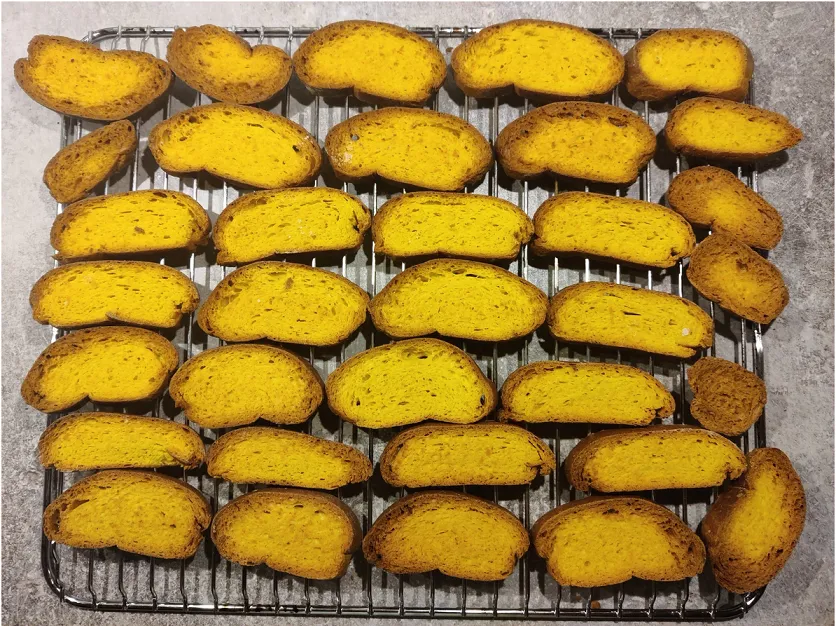
Hey everyone,
I've finally managed to post another recipe on my website, this time for a crunchy type of bread we have in Egypt called Fayesh. This one has a unique sourdough used to leaven it which is made from fermenting ground chickpeas in milk at room temperature. Has anyone seen something like this before? Because I certainly haven't until I started looking into this recipe.
I hope you find the recipe interesting and maybe try it yourself and let me know how it goes for you. Maybe there's room for a wider discussion on different sources of fermentation as well, since this one was an eye opener for me.
- aly-hassabelnaby's Blog
- Log in or register to post comments
There's certainly room for a wider discussion on this subject. I, for one, would like to hear more about this unique sourdough leaven. Something new for me to try. I look forward to hearing about this technique.
We don't hear enough about Egyptian breads - the birthplace of sourdough.
Me too. I'd like to know more.
You're welcome to follow the blog and try the recipes. I have 10 recipes so far and there's more planned.
As for that sourdough, I was looking around to see how people do it and everyone said to boil the milk first. They never said why, just said "that's how it's done." My guess is that it's an old recipe from a time before the commercial production of pasteurized homogenized milk so people had to boil it first before using it. I still remember my grandmother doing this when I was a kid. Then there's the chickpeas. Most people I saw use these split chickpea halves but I've personally tried whole chickpeas (which are bigger) and they worked just the same. Others said you can do the same with dried split fava beans or even sesame seeds.
So if we compare this method with just mixing flour and water to create a sourdough starter, I guess the legumes here, instead of wheat flour, are what provides the nutrition and the natural yeast. In addition, the milk also must be providing some nutrition. I had one successful attempt where I used that starter at it's peak, mixed it with flour to make a pre-ferment and it rose quite well. So it can be done and it's a much faster method than just flour and water.
Have a go yourself and let me know. Your conditions are different to mine so some differences would not be surprising.
This sourdough starter reminds me of Sekowa Backferment, which is a commercial dried starter that is made from pea flour, amongst other ingredients:
https://www.bakerybits.co.uk/media/bss/productattachment/bakerybits_sekowa_instructions_.pdf
I have used it in the past and it made good bread.
Lance